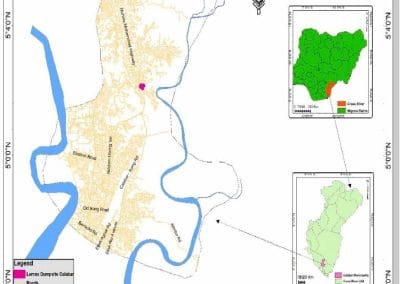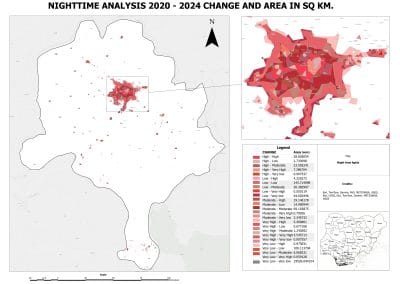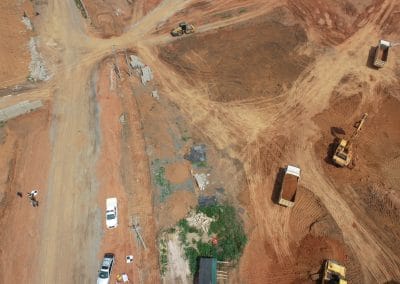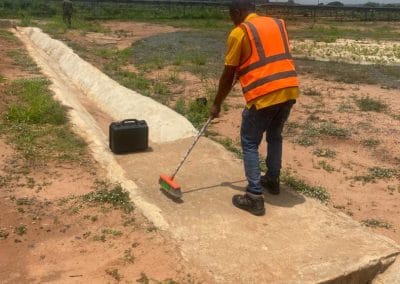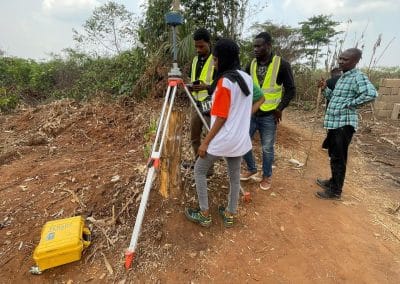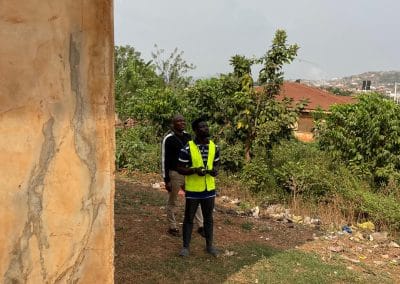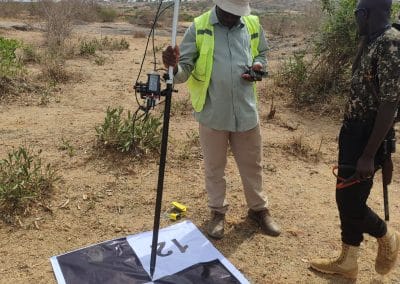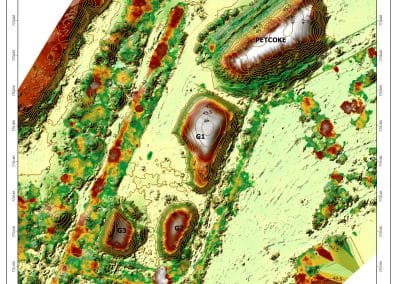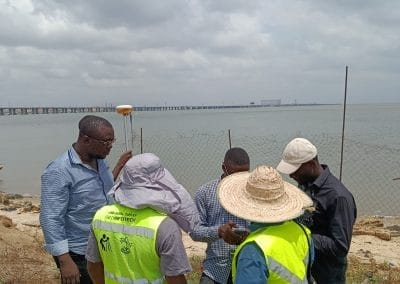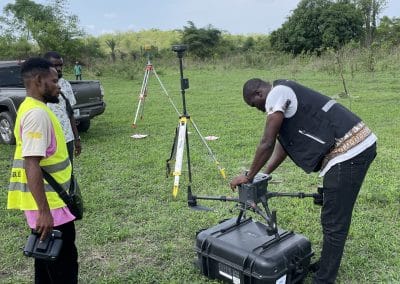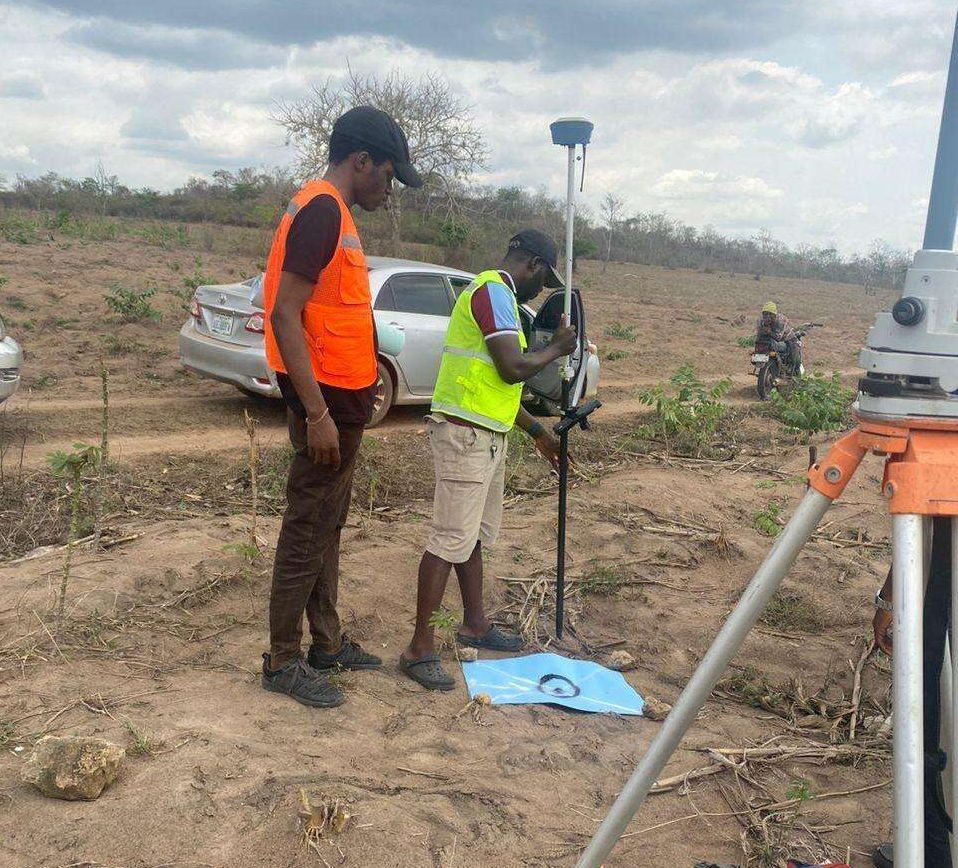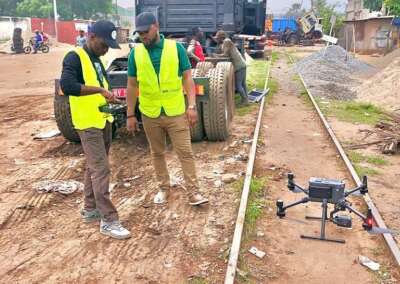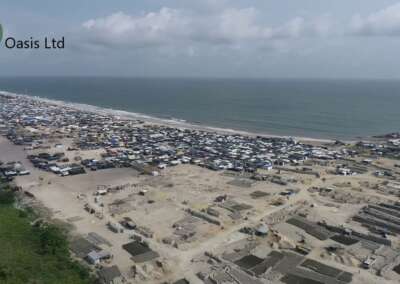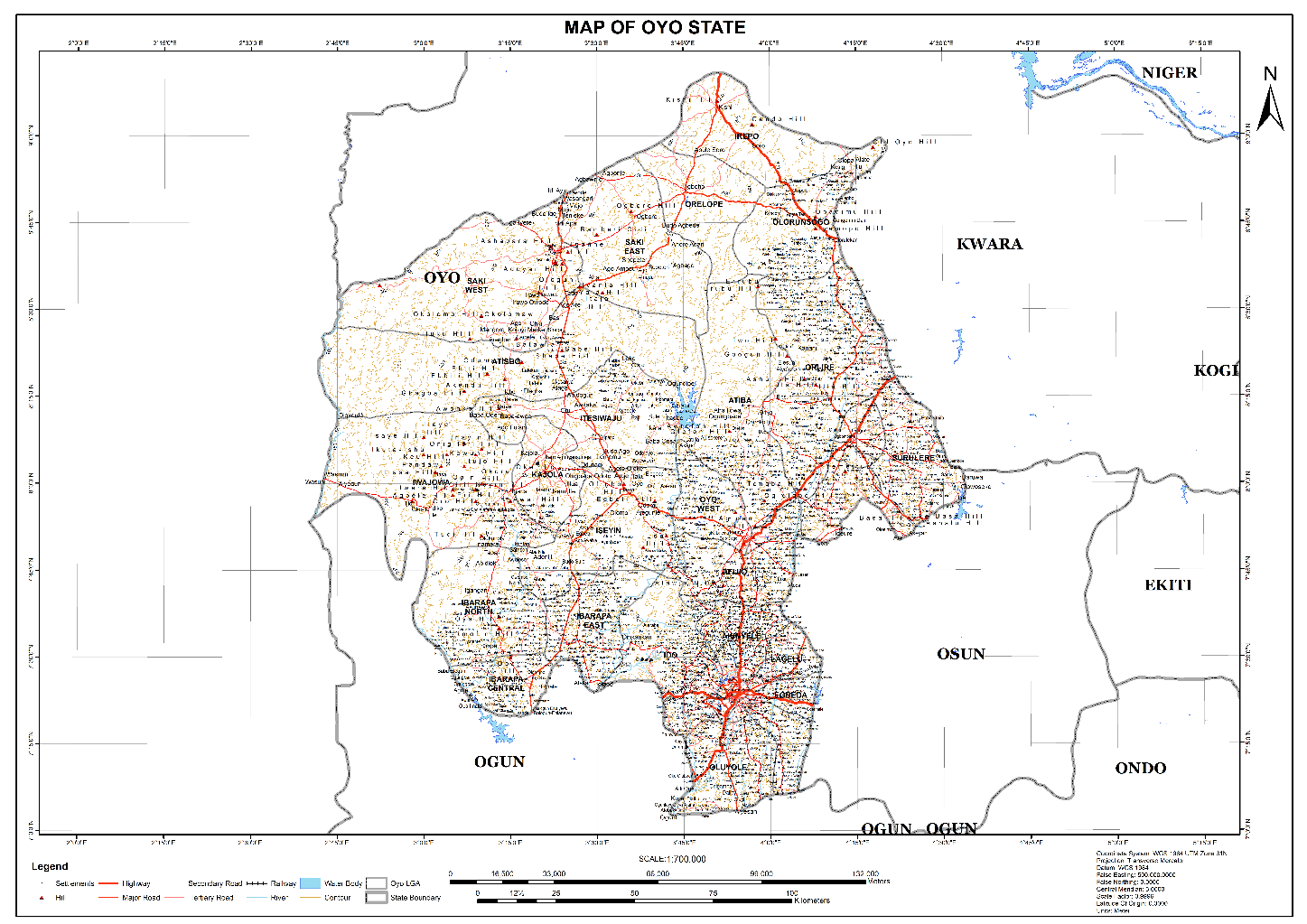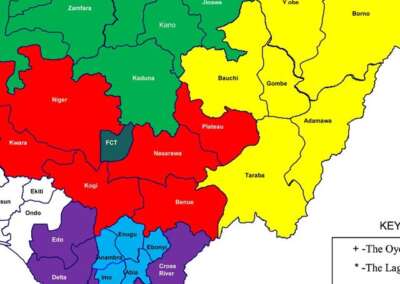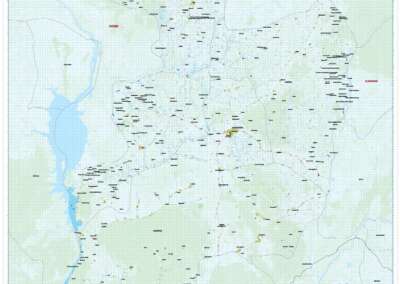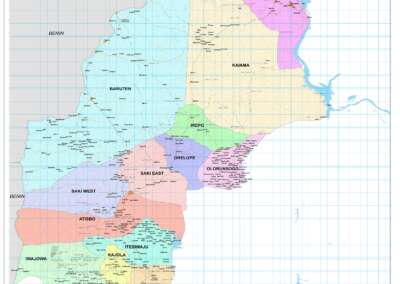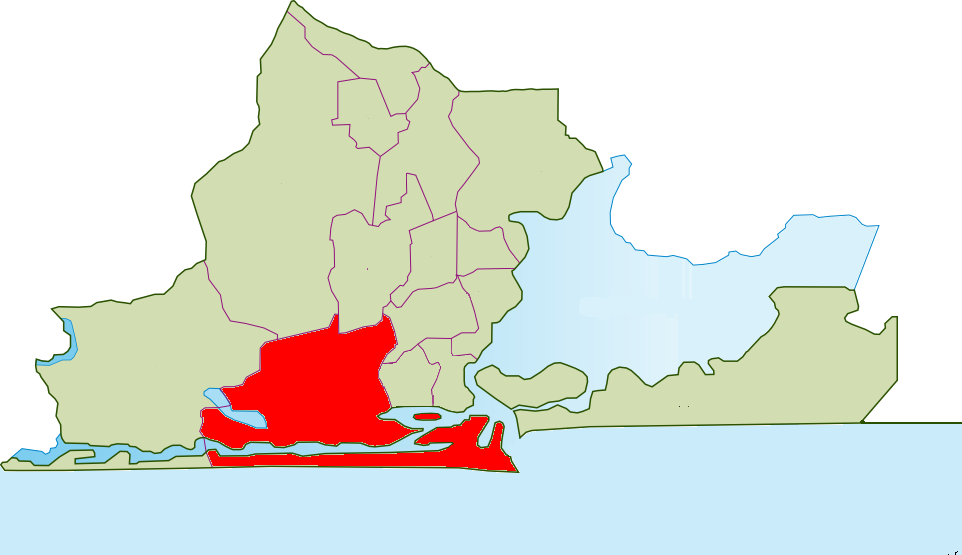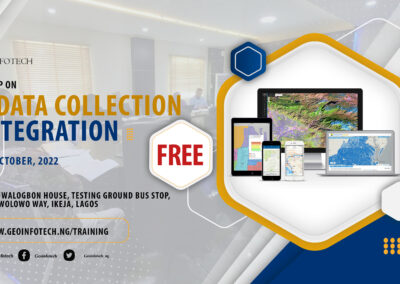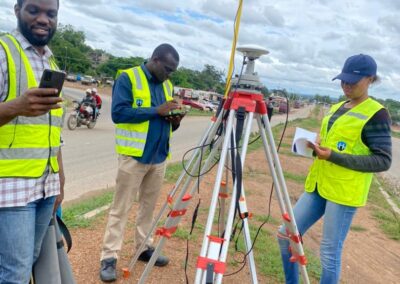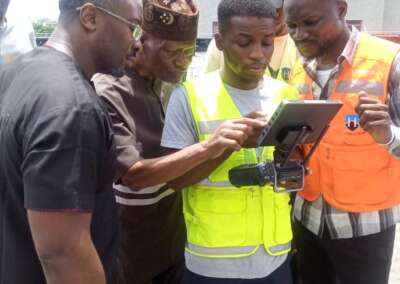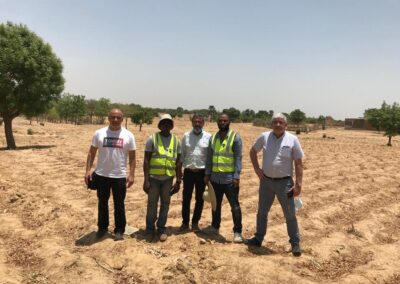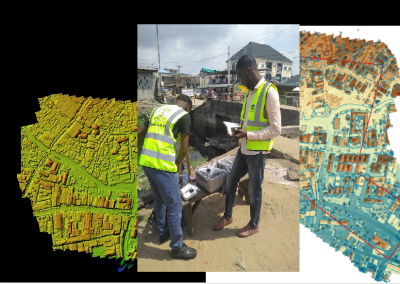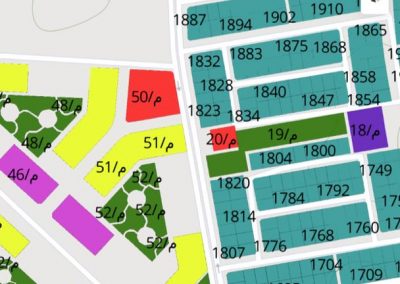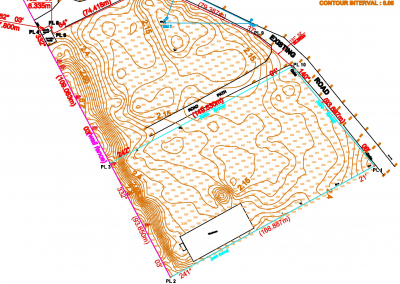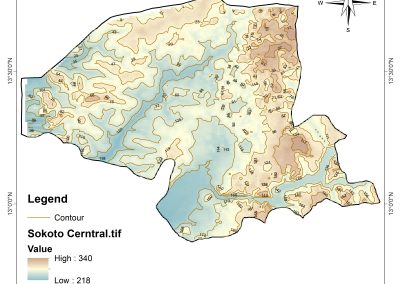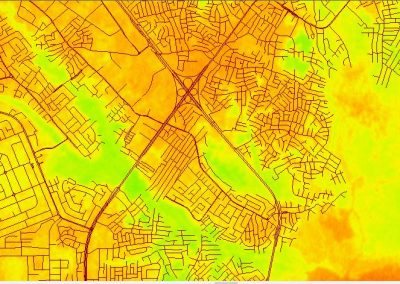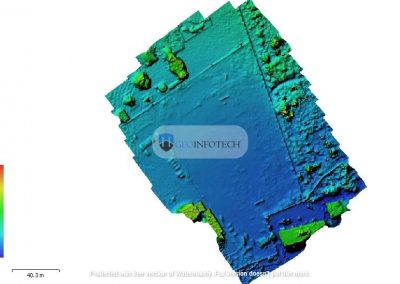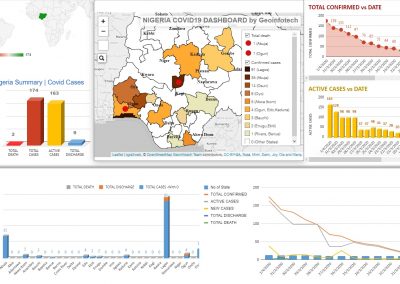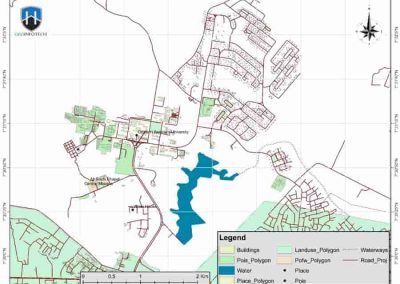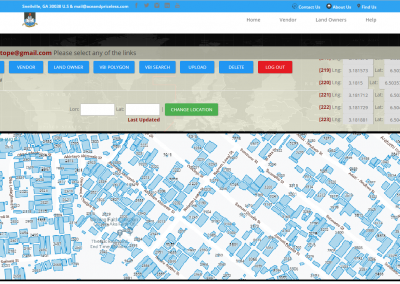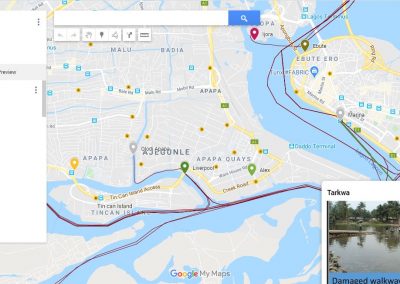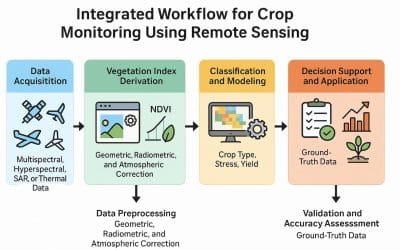Transportation is the lifeblood of any economy — from the movement of goods across supply chains to the daily commute of urban populations. But as traffic congestion, fuel costs, and environmental concerns grow, the demand for intelligent, data-driven transportation solutions has never been greater. This is where Geographic Information Systems (GIS) come into play. Geographic Information Systems (GIS) now stand at the forefront of this transformation — serving as both a digital infrastructure and a decision-making powerhouse.
Why GIS Is absolutely necessary in Modern Transportation
GIS enables spatial thinking: the ability to visualize, analyze, and solve location-based problems. When applied to transportation, GIS doesn’t just show where — it reveals how, why, and what-if across a dynamic network.
By integrating spatial data, real-time feeds, sensor networks, and predictive analytics, GIS helps answer critical transportation questions:
- What is the fastest route under current traffic conditions?
- How can delivery schedules be optimized to reduce fuel consumption?
- Where are congestion patterns recurring, and what infrastructure changes can resolve them?
Network Analysis: The Core of Route Optimization
Network analysis in GIS simulates real-world road networks as interconnected nodes and edges, applying algorithms such as Dijkstra’s Algorithm or A Search* to find optimal paths. But optimization isn’t just about shortest distance — GIS considers:
- Traffic speed and flow
- Turn restrictions and road hierarchies
- Tolls, delays, and historical congestion
- Weather impacts and construction zones
In logistics, this translates to multi-stop route optimization, balancing customer priorities, vehicle capacity, and delivery windows — all while minimizing fuel usage and overtime costs.
Real-world example: UPS uses GIS-powered route optimization (ORION system) to save 10 million gallons of fuel annually.
Real-Time GPS Tracking and Dynamic Rerouting
GIS platforms integrate GPS telemetry to provide real-time situational awareness:
- Current vehicle location
- ETA prediction with live traffic inputs
- Detour suggestions during disruptions.
When paired with sensor data, dispatch centers can proactively reroute, adjust schedules, and respond to emergencies — all from a centralized geospatial dashboard.
Imagine a delivery truck hitting traffic due to an accident. GIS tools detects the slowdown, calculates an alternate route, and automatically updates both the driver’s and customer’s interface.
Urban Mobility Modeling: Smarter Cities, Informed Decisions
GIS empowers urban planners to model complex city mobility systems. By layering datasets like land use, population density, pedestrian flows, and public transit routes, planners can:
- Identify transport deserts (underserved zones)
- Simulate impact of new bus lanes or metro extensions
- Evaluate accessibility to hospitals, schools, and job hubs
GIS also enables traffic pattern prediction using machine learning models trained on historical data. This helps cities plan infrastructure ahead of population growth and design adaptive traffic systems with smart signals and IoT integrations.
Fuel Efficiency and Environmental Impact Analysis
With global climate goals becoming stricter, fuel optimization is no longer optional — it’s a necessity. GIS helps fleets:
- Track and reduce idle times
- Identify driver behavior patterns like harsh braking or speeding
- Shift routes to reduce emissions and comply with green zones
Advanced GIS platforms can simulate emissions scenarios and propose carbon-reducing logistics alternatives — essential for ESG (Environmental, Social, and Governance) reporting.
5. Emergency and Incident Response
GIS supports life-critical applications like ambulance routing, firefighting, and police dispatch. These systems prioritize not just distance, but:
- Road accessibility
- Population density
- Real-time hazard mapping (floods, collapsed bridges, blocked roads)
The National Emergency Management Agency (NEMA) and other disaster response bodies use GIS to model risk zones and allocate response units efficiently.
Conclusion: GIS as the Backbone of Transport Intelligence
GIS transforms transportation from reactive to predictive and strategic. It combines location intelligence with real-time data to:
- Enhance operational efficiency
- Improve commuter experiences
- Reduce environmental footprint
- Support informed decision-making at all levels
As we build toward autonomous vehicles, connected transport networks, and smart cities, GIS is not just a tool — it’s the foundation.
Visit www.geoinfotech.ng to explore our GIS training, consulting, and enterprise solutions.





